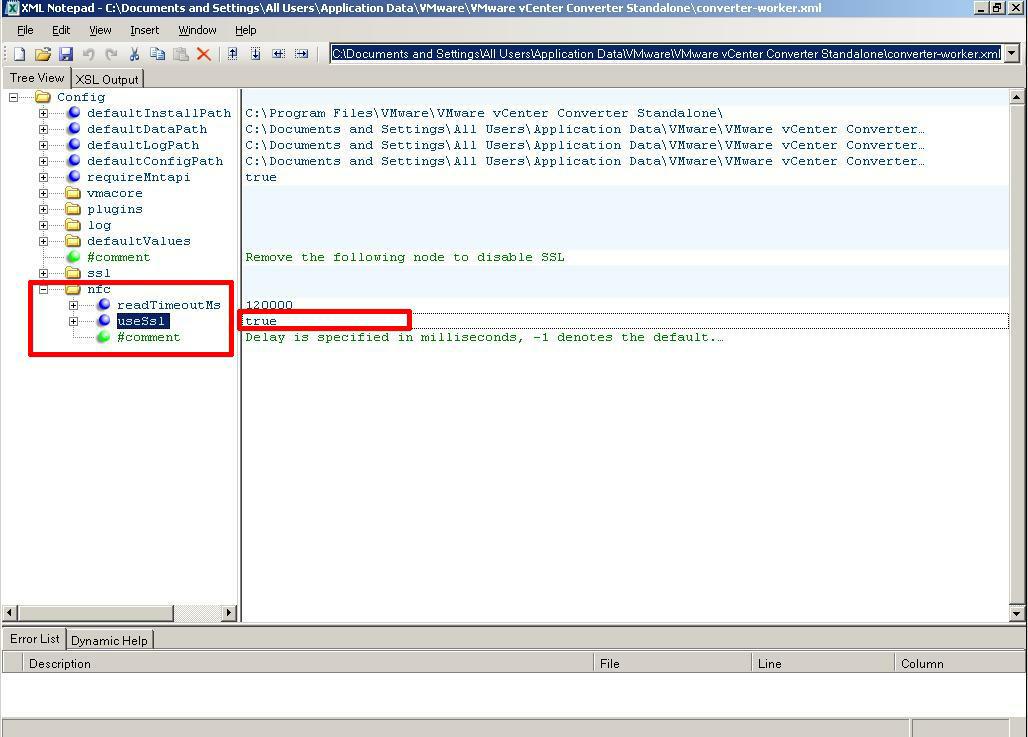

- #Vmware vcenter converter standalone 5.0.1 install#
- #Vmware vcenter converter standalone 5.0.1 professional#
- #Vmware vcenter converter standalone 5.0.1 download#
- #Vmware vcenter converter standalone 5.0.1 free#
#Vmware vcenter converter standalone 5.0.1 install#
The MOA setup then asks if you want to install VMware Converter 3.0.3 (the default is no, so quickly click yes). After another few questions, it runs PE Builder v3.1.10a.
#Vmware vcenter converter standalone 5.0.1 download#
It will ask if you want to download drivers, which is another 17MB download. The MOA setup runs a nifty little DOS app that downloads another 20.34MB of core files. Answer these very quickly, as they appear to have a default answer which will be selected automatically after a very short timeout (maybe like 10 seconds). The MOA setup app asks a few questions about the environment you want to build. If you have the files on a CD or mounted using Daemon-tools, just select the drive letter if you have them extracted somewhere on your hard disk, point to the directory one level higher than the I386 directory. This must be a 32-bit OS, like XP or Server 2003. If the X13-05665.img file is in a different location or if you are using a different OS to build the LiveCD, MOA setup asks for the location of your Windows-sources. If you have put the X13-05665.img file into the root of the building directory, MOA will extract the files automatically. In the application menu, click moa -> create MOA core. MOA will refer to this as the ‘building directory’. Put all three files in the same folder (with no spaces in the folder name) on a NTFS-formatted disk. You will need to sign up at the forums to gain access to the download.ĭownload X13-05665.img (596MB) (Windows Server 2003) fromĭownload VMware-converter-3.0.3-89816.exe (30.1MB) from MOA recommends, for the Bandit version ISO, that the physical machine have at least 512MB and preferably 1GB or more. VMware recommends, when cold cloning using their boot CD, that the source physical machine have 364MB of memory, with a minimum of 264MB. The version of Windows running in the LiveCD should be the same as, or later than, the version of the Windows machine you want to convert to a VM. This builds a LiveCD using Windows Server 2003 that can then run VMware vCenter Converter Standalone 3.0.3 (previously known as VMware Converter Starter Edition) in order to cold clone a hard drive.
#Vmware vcenter converter standalone 5.0.1 free#
Here are the steps I took to build my free cold clone boot CD. Just how cool is it? How about the ability to boot a physical box and start the originally installed system as a virtual machine? It’s very, very nice and developed by an obvious super-genius.
Basically, it creates a LiveCD that runs the free VMware Converter on top of a Windows Server 2003 kernel. Cold cloning requires the VMware Cold Clone Boot ISO, which is only available to VMware Converter Enterprise license-holders.Īfter some Googling around, I came across this thing called MOA, Multi-Operating system Administration. But as you well know, the VMware vCenter Converter Standalone app can only perform P2V hot cloning. This would leave me with a hard drive with a XP installation ready to generate new IDs the next time it was powered on.

The best method would be to unregister the ZENworks object, uninstall the Adaptive Agent, pull it off the network, reinstall the Adaptive Agent, and then sysprep -reseal -shutdown the machine. After weighing my options, I decided that it wouldn’t be practical to hot clone the physical machine.
#Vmware vcenter converter standalone 5.0.1 professional#
I needed to convert a physical Windows XP Professional machine running ZENworks into a VMware virtual machine, but only after removing the unique identifiers like the Windows’ SID and ZENworks’ GUID, so that I could later make multiple copies of the VM without them all writing to the same ZENworks object.


 0 kommentar(er)
0 kommentar(er)
